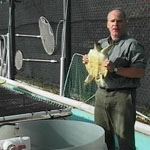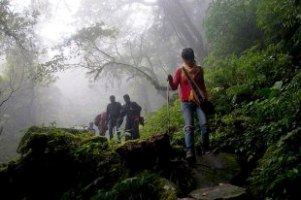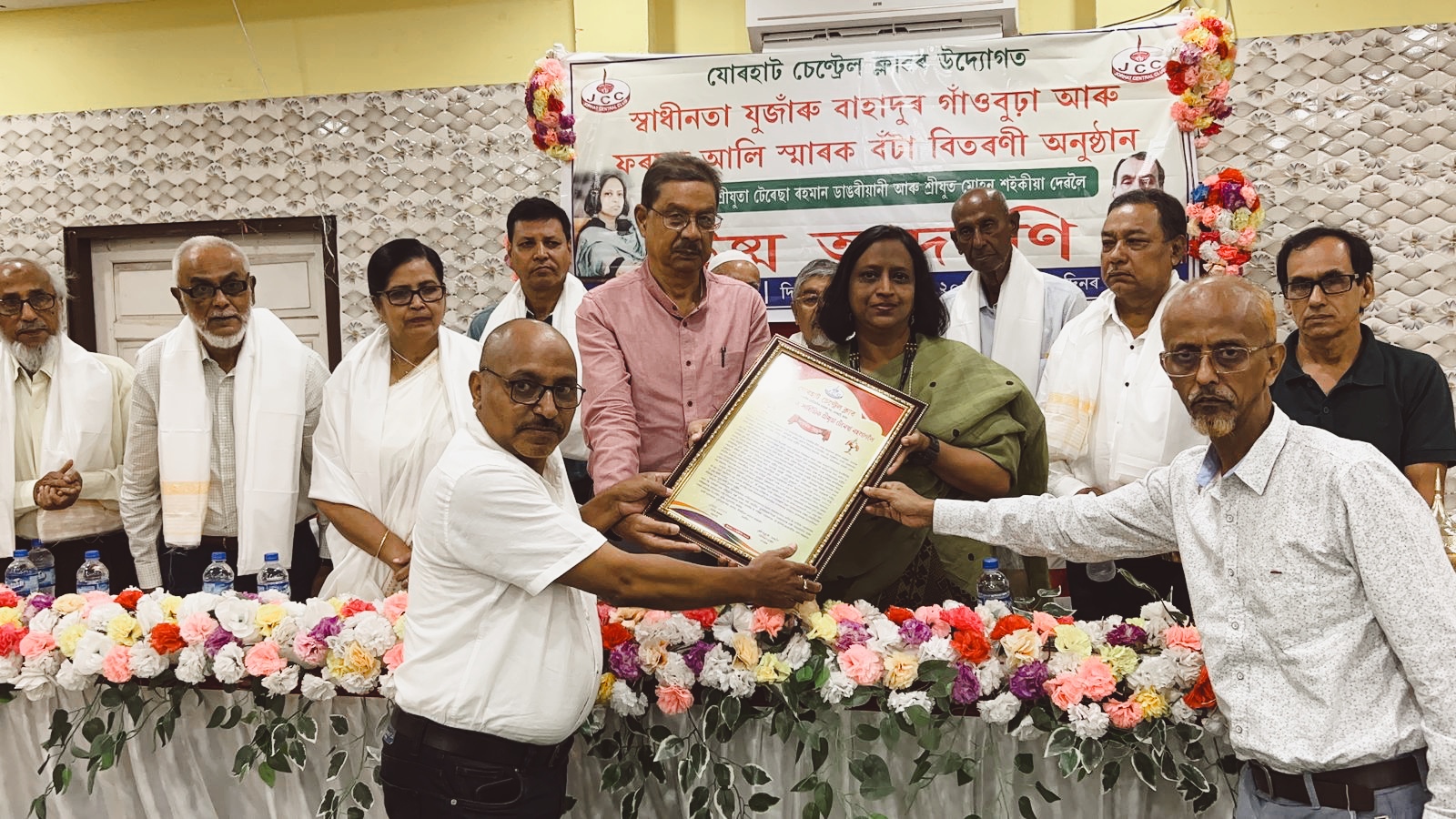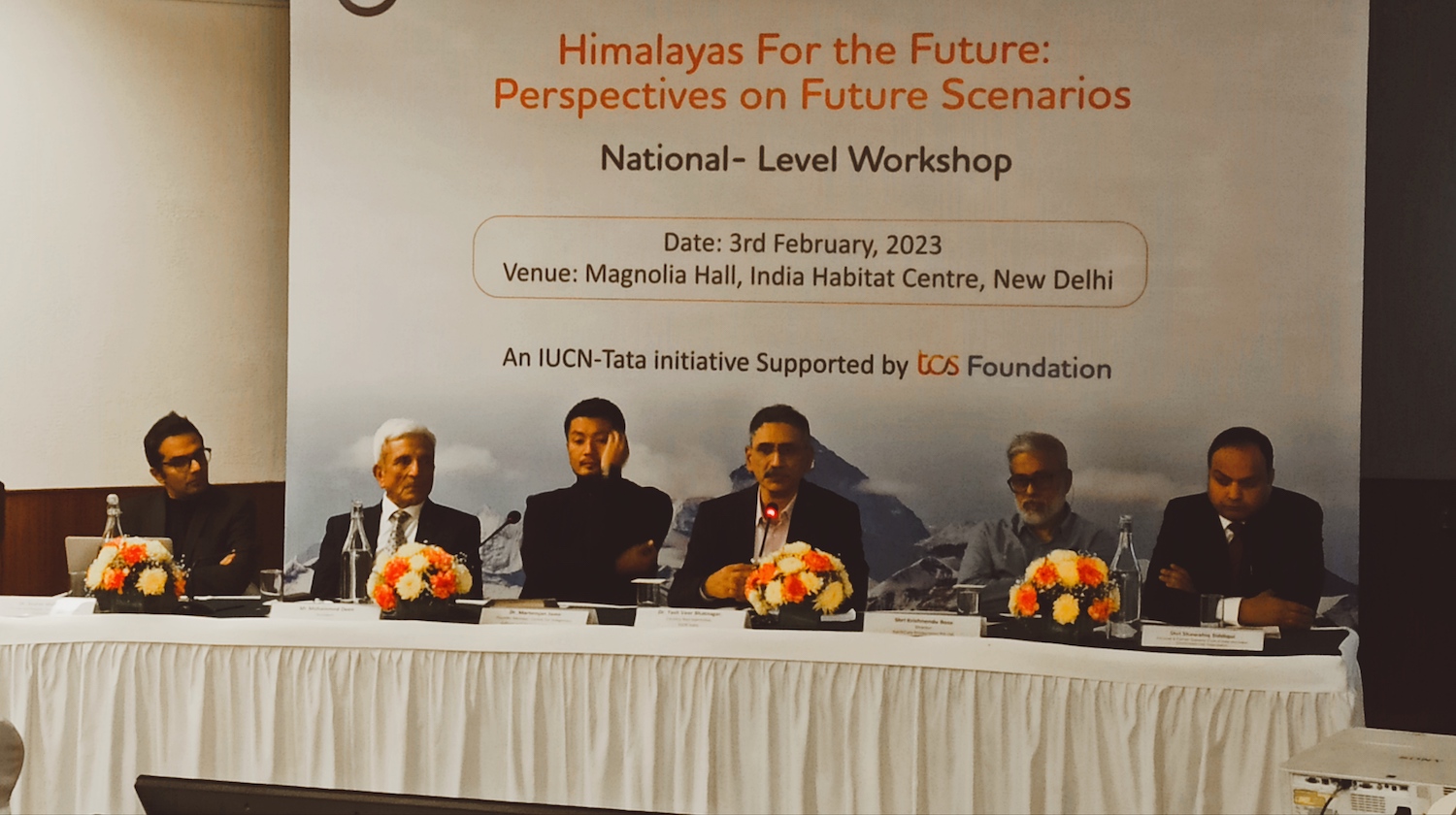It’s that time of the year again––June 5th, World Environment Day––celebrated the world over for ‘positive environment action’.
Time to dust our consumerist conscience, step out of our climate controlled bubbles of ACs and heaters, to plant (but not nurture) a tree, vow anew to shift from plastic to recycled paper, and such like––before we go back to business as usual.
Forgive the cynicism, but that is what such tokenism––doled out routinely on each such ‘Day’––merits.
Most of us are aware of the state of the environment: Our mighty life giving rivers are being killed by the very civilisation they nurture––reduced to toxic soups. Even the holiest of the holies, the Ganga is damned––and doomed by a series of hydel-projects that threaten to reduce her flow to a trickle. Mining has laid to waste swathes of the pristine Western Ghats across Karnataka and Goa, and rich tiger habitat in Central and Eastern Central India; villages are buried under the waste of urban India; Punjab, India’s grain bowl, is afflicted with cancer owing to the intensive and extensive use of pesticides; our water has mercury, our food is laced with carcinogenics, the air is loaded with lead –– all of which has imperiled public health. We are looking at an India with an ailing population—suffering with some form of ill health (including respiratory and water borne diseases-and cancer) or the other due to a toxic environment.
Yet we, governments and people alike, make the collective and convenient choice to behave ostrich-like, ignoring the elephant in the room.
While not dwelling too much on history, our contemporary environment movement can be traced broadly to two main incidents––a people’s movement, Chipko, in the Himalayas in 1973 to stop felling trees and, born in the same year, the biggest conservation initiative of its time: Project Tiger, the movement strengthened by policy and legislation––the Wildlife Protection Act, 1972, to be followed later by the Forest Conservation Act, 1980, and the Environment Protection Act, 1986.
The willful destruction of the environment and the dilution of protectionist laws––particularly the EPA and its notifications, i.e., Environment Impact Assessment Notification (EIA), 1994, and the Coastal Regulation Zone Notification (CRZ), 1991, run parallel to our growth story, essentially with the liberalisation process that began in the early 1990s. India’s economic growth story has come at a tremendous environmental cost––so much so, that the rate of growth itself is undermined, and questioned. For instance a paper, authored by Professor Sir Partha Dasgupta, among others, calculates that in the period 1970-2001, the estimated growth of India’s per capita GDP of 2.96 per cent drops to 0.31 per cent per year after taking into account environmental costs. it was estimated that environmental damage costs India’s GDP 5.7 per cent annually.
This of course, is a global phenomenon––the cost of environmental degradation in China was estimated in 2010 to be 3.5 per cent of the nation’s GDP, according to an official Chinese news report. According to a UN study, global environmental damage from human activity cost the world US$6.6 trillion in 2009—which is roughly about 10 per cent of the global GDP. Ina study by the World Bank last year,
Another disquieting thought: Who has benefited by ‘development’? Has ‘growth’ as we understand it, enriched a few and impoverished others? This is the subject of a separate debate. But the level of disquiet and agitation across the country against projects––be it mining at Mahan, Chhattisgarh, Posco in Orissa, dams in Arunachal or the thermal power projects in Konkan––and their increasingly violent suppression by the government raises questions not just on the inequity of growth benefits, but more seriously on the subversion of the basic tenets of democracy.
Most such projects ignore the law of the land, prompting the former environment and forest minister Jairam Ramesh to say, “We have taken these laws and the discipline they enforce for granted. Industry has assumed that somehow these laws can be “managed” and governments too have not insisted that the laws be implemented both in letter and spirit.”His successor Ms Jayanthi Natarajan wrote to the Prime Minister, It is important to note that environment and forest clearance requires careful and nuanced decision making to balance the interest of different stakeholders––conservation, local people’s livelihoods and economic growth. We have found that when decisions discount these interests it leads to disputes and intervention by the courts and appellate authorities. It is in the interest of building investor confidence that the risk of environmental dispute, post clearance, is minimised and obviated. This can only be done by strengthening, and not weakening, the current regulatory and decision making procedures and processes”.
Decisions are taken without little or no understanding of the ecological, social, livelihood and even health impacts of mining, thermal projects or the series of mega dams (over 200, just in one state Arunachal) across the country? The environment impact assessment of projects, in the words of a union minister, “are a bit of a joke.” It’s true. The Dibang River Valley project in Arunachal notes, “lists two tiger species sighted (though the world has only one), two unknown cobra species , Brown Pied Hornbill (there is no such bird), and a python species-Python aculetes, unknown to science. Other wildlife listed includes red panda, snow leopard, Himalayan black bear, musk deer—all endangered, Scheduled I species under the Wildlife Protection Act. Yet, the conclusion drawn is no major wildlife observed.
Incidentally, the foundation stone of which was laid by the former Prime Minister, Dr Manmohan Singh in January 2008, and much before it got environmental clearance, a significant indicator that the green signal are a foregone conclusion for a project-- and in the face of stiff opposition from local tribals
The most disturbing fact in a democratic India is the suppression of voices of dissent––force, and a crackdown, on the people and environmentalists who protest or ask inconvenient questions. One such tragic instance was the death of two people, who were killed in Andhra Pradesh’s Srikakulam district in protests against a thermal power plant which would destroy the Naupada wetlands, which supported their livelihood as fishermen. Incidentally, the Environment Impact Assessment of the plant failed to mention this fragile wetland area, rich in birdlife.
One reason for the environmental catastrophe is the lack of vision or an environmental consciousness among our political leadership, be it at the state or the national level. The former Prime Minister Dr Manmohan Singh viewed environment regulations the “new license raj”. And the doctrine continues with the new government, which has won the election on an aggressive growth agenda. In fact the BJP election manifesto calls for‘Frame the environment laws in a manner that provides no scope for confusion and will lead to speedy clearance of proposals without delay.” Worrying, since a strong legal and policy framework is crucial to protect our fast depleting wildlife, and environment—it can be safely said that it is the most important factor in conserving forests and wildlife.
The fault, however, lies not only in the political class, but the masses. The political class is a mere representation of the mindset of the masses. As citizens we have failed to understand and appreciate that a healthy environment-safe, clean drinking water, air, soil, healthy forests and species diversity are the key to not just a better quality of life, but life itself.
In an recent essay, eminent historian and Ramchandra Guha called India “an environment basket case.” It’s true, and it doesn’t bode well for the future. Think beyond your token contribution, of shifting from conventional bulbs to LED, from plastic to paper. Think beyond June 5th. Treat every day as World Environment Day––conserving the environment, knowledge of our impact, and reducing our footprint should be a way of life, not a day’s fad.
India needs growth, but not at the cost of her children’s future.







































